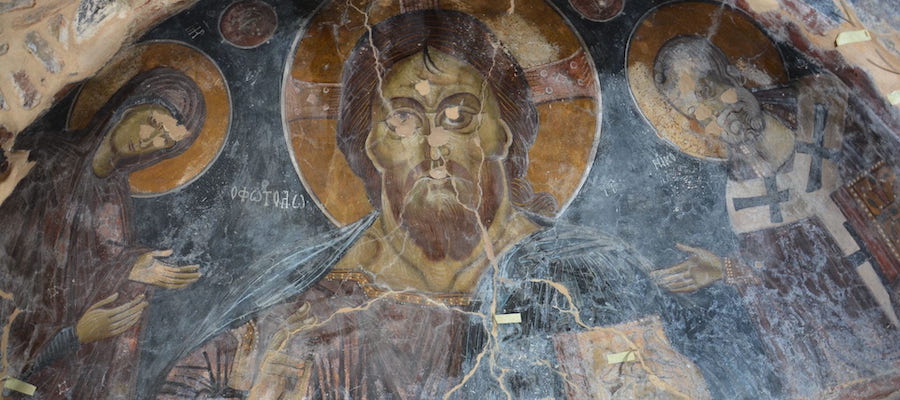Participants
Helen Human (Washington University in St. Louis)
Byzantine Heritage Transcending Borders: Alliances and Ethics for the Cosmopolitan Management of the Remains of the Past
Cultural heritage is commonly thought of as belonging to the nation, buttressing the imagined community of a homogenous state and cared for by it. Best practice standards, set by the global community to preserve a cultural heritage of humankind transcending borders, dictate local communities’ inclusion in site management. Contrary to this model, Salvaging Crete’s sites reveal growing political and economic complexity in the heritage field, as well as rising stakes and ethical concerns for international practitioners and local communities alike as sites are cared for at the periphery of heritage bureaucracy through a web of cosmopolitan alliances, interactions, and dialogues.
Naomi Ruth Pitamber (Eastern Michigan State University)
Organizer and Panelist
Tracing Rural Lifeways: Sacred Spaces and their Environments at the Center and Periphery of Cretan Villages
Each of Pagomenos’s churches structures a nexus of overlapping spatial, chronological, architectural, topographical and environmental spaces. Situated either at the heart of Cretan villages, forming the center of rural life and ritual, or located on regional and geographic borders, these sites bear unique witness to otherwise indiscernible traces of generations of rural communities’ use and environmental change over centuries. Whether as a central sacred space or liminal shrine, these living churches remain fixed in place but face changing environments and human adaptations. This paper will present the factors affecting the preservation, conservation, and ongoing use of these dynamic, rural churches.
Cristina Stancioiu (William and Mary)
A Byzantine Artist, Named and Known: The Painter Ioannis Pagomenos on the Cusp of Early Modernity
Based on detailed analysis of selected examples analyzed in depth on site, this paper reassesses Ioannis Pagomenos’s individual style and artistic choices within and outside the borders of Byzantium and the constraints of Orthodox art. When positioning Pagomenos in the larger, fourteenth-century Mediterranean artistic context, the artist’s modernity and engagement with current trends in monumental and panel painting are clearly revealed. This paper expands our understanding of the Byzantine artist’s role by challenging the common association of Byzantine artistic endeavor with anonymity and tradition and by emphasizing strategies that consider authorship, individuality, and innovation.
Justine Andrews (The University of New Mexico)
Chair
